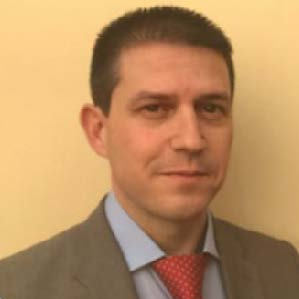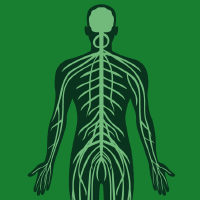Topic Editors



2. Department of Physiology, Faculty of Pharmacy, University of Seville, 41012 Seville, Spain
Advances in Exercise-Induced Neurogenesis, Neuronal and Functional Adaptations in Neurorehabilitation
Topic Information
Dear Colleagues,
Recent advancements in neurorehabilitation have spotlighted the transformative effects of exercise-induced neurogenesis and the accompanying neuronal and functional adaptations. This multifaceted approach to rehabilitation holds promise for individuals recovering from neurological conditions, offering a holistic perspective on recovery.
Exercise-induced neurogenesis, involving the generation of new neurons stimulated by physical activity, stands as a cornerstone in this paradigm. Studies indicate that exercise not only fosters the birth of new neurons in the brain but also promotes their integration into existing neural networks. This process contributes to enhanced cognitive function and may play a pivotal role in neurological recovery.
Beyond neurogenesis, neurorehabilitation embraces neuronal adaptations, encompassing structural and connectivity changes within the nervous system. Exercise has been shown to induce neuroplasticity, modifying the strength and efficiency of neural connections. This adaptability of the nervous system proves crucial in optimizing motor skills, facilitating learning, and improving overall neurological function.
The integration of exercise-induced neurogenesis and its associated neuronal and functional adaptations marks a significant stride in neurorehabilitation. This comprehensive approach addresses not only the biological aspects of recovery but also extends its impact to the practical facets of individuals' lives.
The objective of this Topic is to present the most recent advancements in the field of neurorehabilitation, transitioning from a biomolecular perspective to practical clinical approaches.
Dr. Carlos Bernal-Utrera
Prof. Dr. Cleofas Rodriguez-Blanco
Dr. Maria Livia Carrascal Moreno
Topic Editors
Keywords
- exercise
- neurogenesis
- neurorehabilitation
- neuro-regeneration
- physiotherapy
- physiology
- quality of life
- aging
Participating Journals
| Journal Name | Impact Factor | CiteScore | Launched Year | First Decision (median) | APC | |
|---|---|---|---|---|---|---|

Biomedicines
|
4.7 | 3.7 | 2013 | 15.4 Days | CHF 2600 | Submit |

International Journal of Molecular Sciences
|
5.6 | 7.8 | 2000 | 16.3 Days | CHF 2900 | Submit |

Journal of Clinical Medicine
|
3.9 | 5.4 | 2012 | 17.9 Days | CHF 2600 | Submit |

Medicina
|
2.6 | 3.6 | 1920 | 19.6 Days | CHF 1800 | Submit |

Neurology International
|
3.0 | 2.2 | 2009 | 23.3 Days | CHF 1600 | Submit |

MDPI Topics is cooperating with Preprints.org and has built a direct connection between MDPI journals and Preprints.org. Authors are encouraged to enjoy the benefits by posting a preprint at Preprints.org prior to publication:
- Immediately share your ideas ahead of publication and establish your research priority;
- Protect your idea from being stolen with this time-stamped preprint article;
- Enhance the exposure and impact of your research;
- Receive feedback from your peers in advance;
- Have it indexed in Web of Science (Preprint Citation Index), Google Scholar, Crossref, SHARE, PrePubMed, Scilit and Europe PMC.

